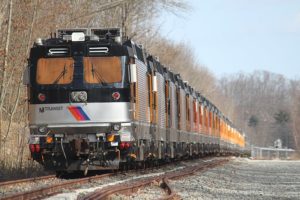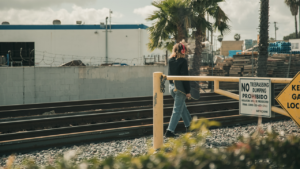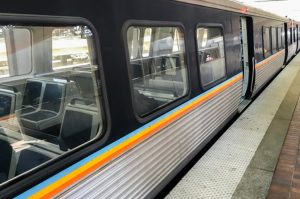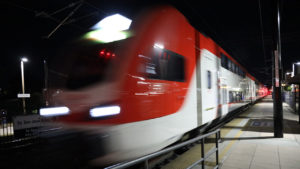WMATA Considers Open Gangway Design for 8000-Series Rail Cars
Written by Kyra Senese, Managing Editor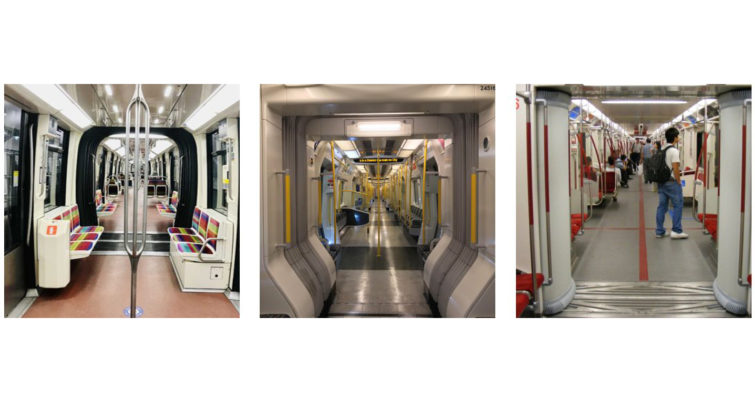
The Washington Metropolitan Area Transit Authority is considering changes to the design of its next generation of rail cars—the 8000 series—stating that the changes would increase capacity while allowing passengers to move between cars and avoid crowding.
Instead of keeping cars separated, the change would create open gangways in the form of enclosed vestibules between rail cars that passengers could walk through, similar to the format used by passenger trains such as Amtrak for decades, the Washington Post reported.
The 8000-series cars will be assembled at a plant near Hagerstown, Maryland, by Hitachi Rail beginning next year.
WMATA General Manager Randy Clarke said during a recent board meeting that there are “significant advantages” to an open gangway design. “That’s why it’s kind of a world-class model, specifically around safety and accessibility in providing a little bit more space inside of the vehicle.”
Clarke stated that the change is intended to modernize the system and better align it with transit systems in Europe and Asia, as well as New York, which is set to implement open-gangway cars this spring.
The proposal is the most recent in a three-year period that has seen WMATA consider or implement changes such as revamped station platforms with video screens and improved digital arrival signs, mobile fare cards, and a touchless fare payment system, the Post reported. WMATA is also working to attract new riders, as the increase in remote work since the pandemic has reduced ridership by roughly half.
Hitachi Rail, which has built a 300,000-square-foot assembly plant about 70 miles northwest of Washington, D.C., with the capacity to produce 20 cars per month, is set to begin work in early 2024. WMATA has ordered 256 8000-series cars at an average cost of $2.15 million each, with the option to purchase as many as 800, the Post reported. The trains are scheduled to be delivered in 2025.


